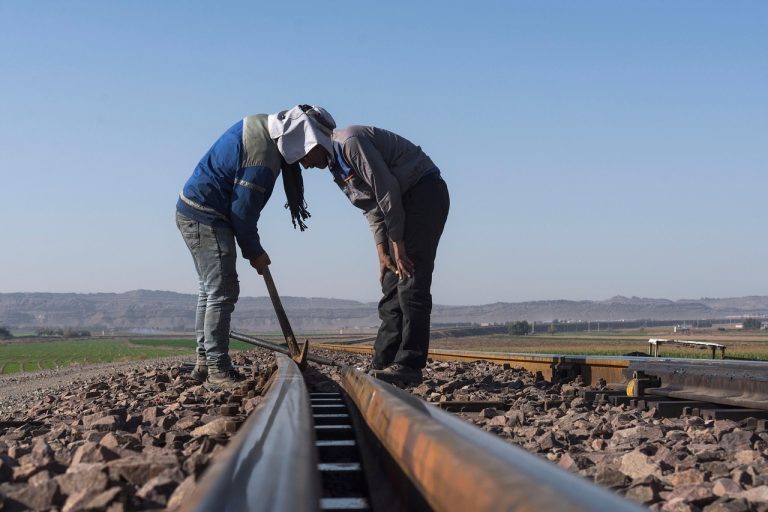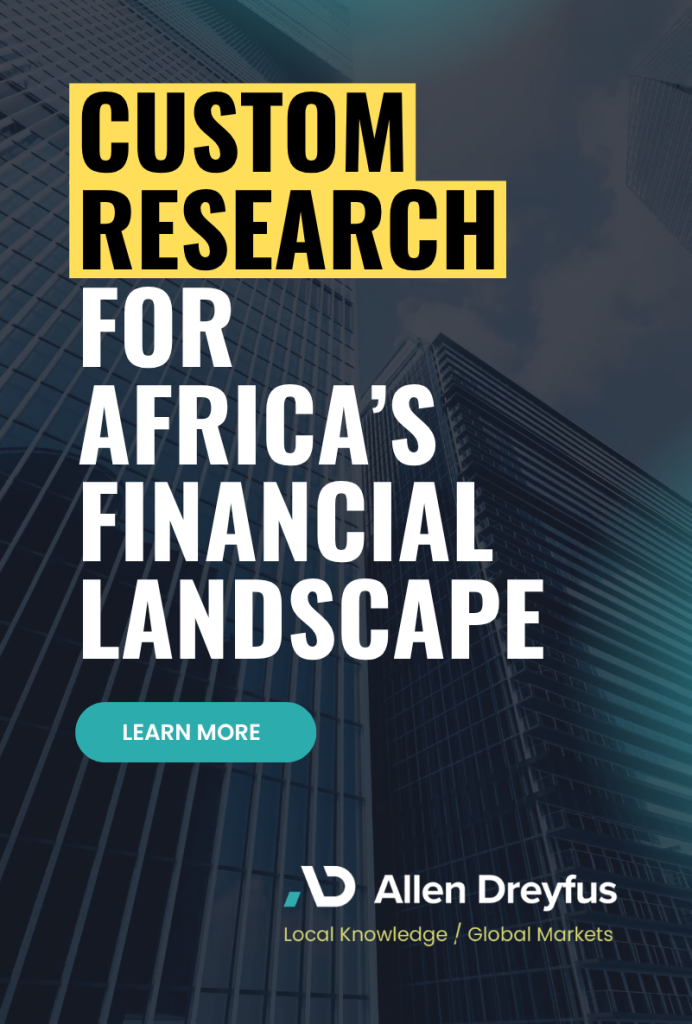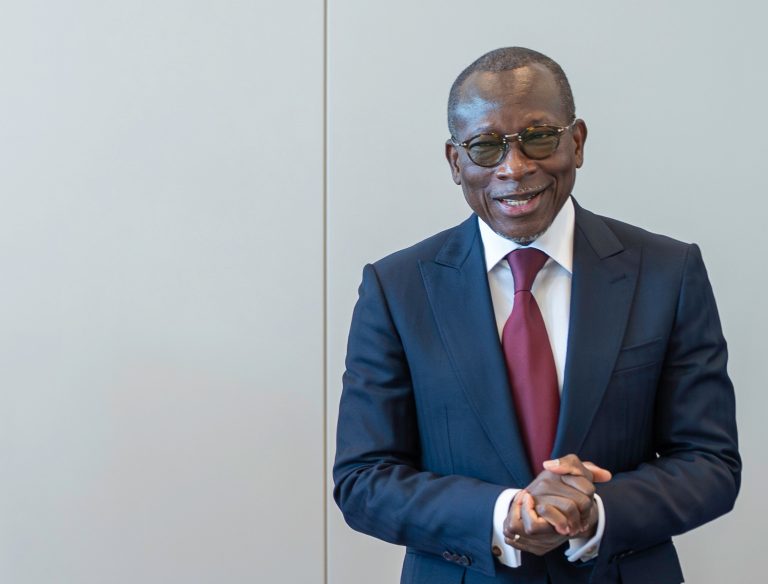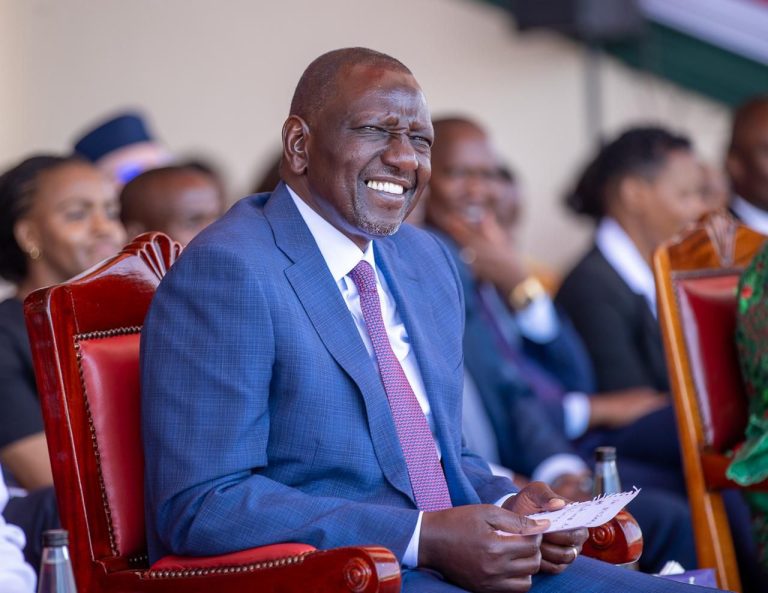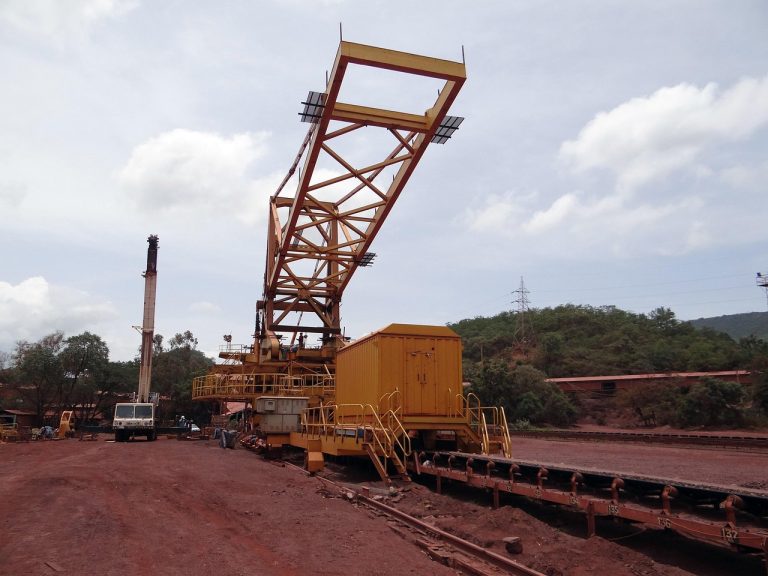- Treasury targets budget deficit cut to 3.5% by 2027/28
- Debt-to-GDP seen rising to 77% as reforms test resilience
JOHANNESBURG, SOUTH AFRICA – South Africa is walking a fiscal tightrope as the government pursues aggressive spending cuts to contain its growing debt, even as sluggish growth and infrastructure decay weigh on investor sentiment.
The National Treasury aims to reduce the budget deficit to 3.5% of GDP by 2027/28, while the debt-to-GDP ratio is projected to hit 77% by the end of 2025/26. Debt repayments already consume more than 20 cents of every rand collected, underscoring the cost of fiscal discipline in a stagnant economy.
Credit agencies have welcomed the restraint, but analysts warn that fiscal tightening alone cannot revive growth. The Organisation for Economic Co-operation and Development (OECD), in its 2025 Economic Outlook, said South Africa’s 1.4% growth rate remains “far below the threshold” needed to tackle unemployment and expand the tax base.
Balancing austerity and momentum
The squeeze on public spending has slowed investment in infrastructure, traditionally a pillar of South Africa’s growth strategy. Municipalities are grappling with mounting backlogs in water, sanitation, and roads, while power-grid expansion and logistics upgrades face budget constraints.
Investor sentiment is mixed. Yields on 10-year government bonds have stabilised around 10.2%, reflecting cautious optimism. Yet, with Moody’s and Fitch still rating South Africa below investment grade, risks from political uncertainty and weak implementation persist.
“Fiscal tightening should, in the long run, increase the attractiveness of South African government bonds, as the borrowing requirement of the government will be smaller,” Prof. Jannie Rossouw of the University of the Witwatersrand Business School told Allen Dreyfus.
He added that growth – not austerity – is the missing ingredient. “It is not fiscal policy that results in low economic growth. It is policies like land expropriation without compensation that deter investors. Another problem is lack of service delivery at local government level,” he said.
The fiscal squeeze is already reverberating across sectors. Mining companies report export delays due to slow port and rail modernisation, while retailers face weak demand amid stagnant public wages. Banks, despite steady interest rates, are tightening credit as household debt rises.
Still, there are bright spots. Progress toward a regulated carbon credit market and efforts to exit the FATF grey list have improved sentiment among global investors. The forthcoming Medium-Term Budget Policy Statement in November is expected to offer clarity on debt management and reform timelines.
South Africa’s challenge mirrors that of many emerging economies: how to restore fiscal credibility without sacrificing growth. The answer, analysts say, will determine not just investor confidence, but the country’s long-term trajectory.



